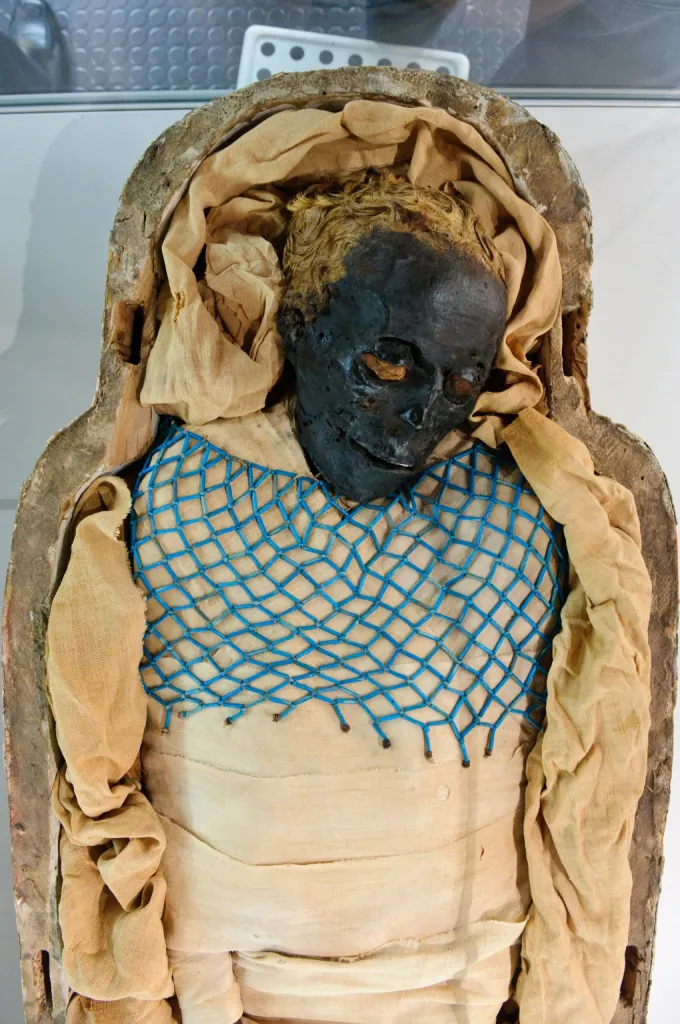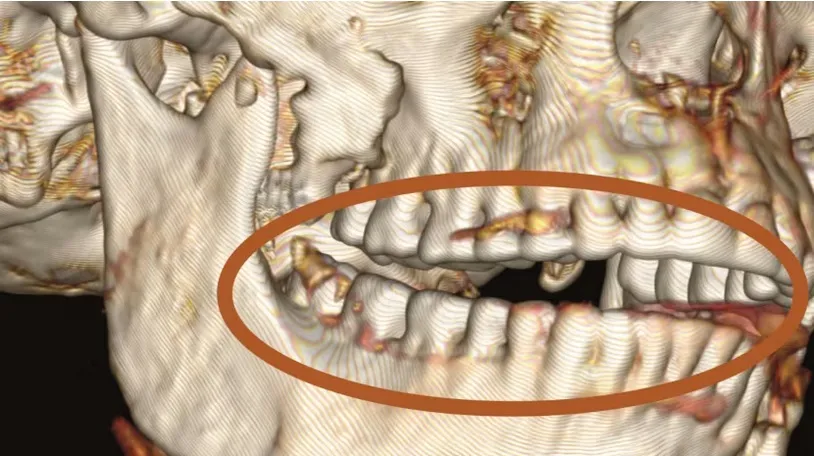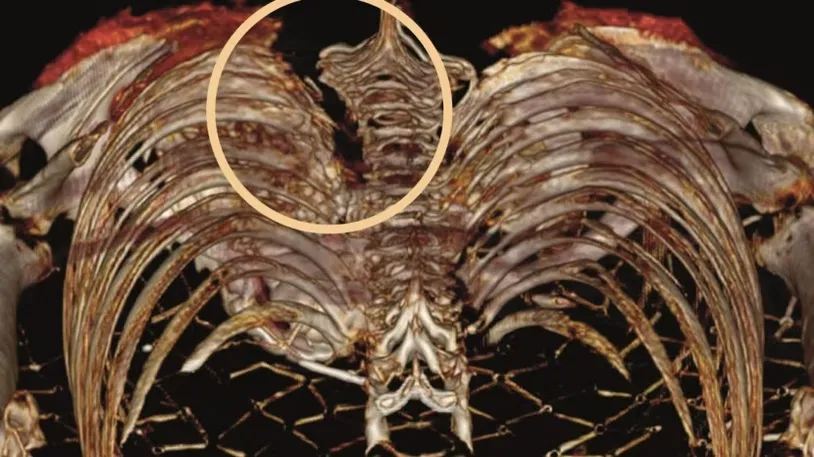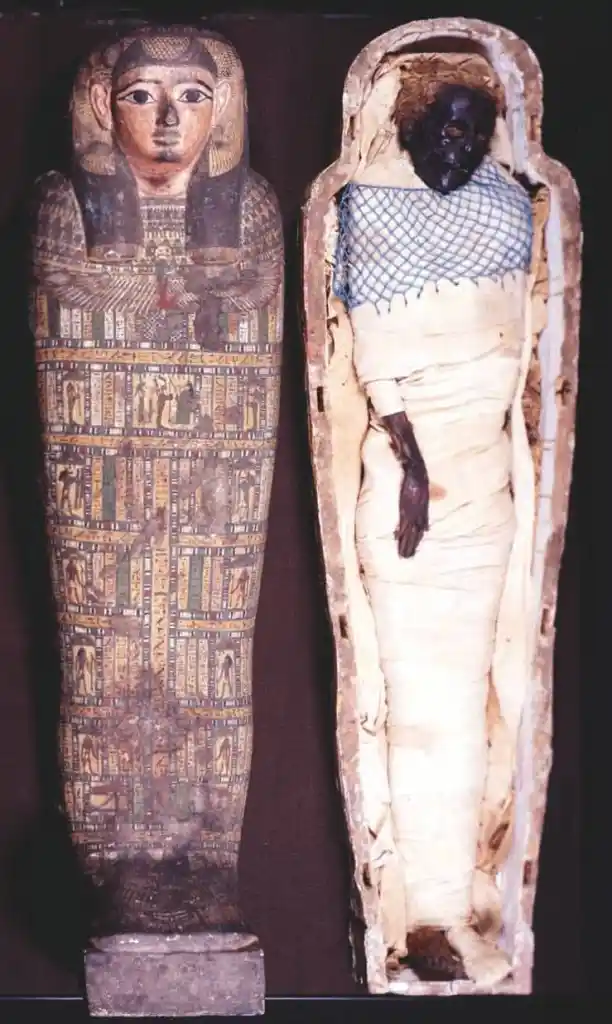In the ancient city of Thebes, during the twilight years of Egypt’s 25th Dynasty, there lived a young woman named Takabuti. Born to a priest of Amun named Nespara and a woman named Tasenirit, Takabuti’s life, though brief, was marked by a blend of nobility and mystery. She was married and held esteemed titles, “Mistress of a Great House” and “Noblewoman,” inscribed on her coffin in intricate hieroglyphs.
Takabuti’s life journey came to an end in her twenties or early thirties, and she was laid to rest in a cemetery in Western Thebes. Her mummy, centuries later, found its way to Ireland. In 1834, Thomas Greg of Ballymenoch House purchased Takabuti’s mummy, and on January 27, 1835, her mummified remains were unwrapped and examined at the Belfast Natural History Society’s museum. This event marked the beginning of a long journey of discovery, aided by the expertise of Irish Egyptologist Edward Hincks, who deciphered the hieroglyphs on her coffin.

As the years rolled on, the fascination with Takabuti did not wane. On the 185th anniversary of her unwrapping, modern technology offered new insights into her life and death. A team of experts conducted a comprehensive study involving x-rays, CT scans, hair analysis, and radiocarbon dating at the Kingsbridge Private Hospital. Led by Professor Rosalie David and a team of specialists from The University of Manchester, the study revealed both mundane and extraordinary details about Takabuti.

One of the most significant revelations was that Takabuti’s heart, contrary to the belief of 19th-century Egyptologists, had been perfectly preserved within her chest. This finding was crucial, as the heart was believed to be the seat of the soul in Ancient Egyptian culture. Additionally, an unusual discovery was made: Takabuti had an extra tooth, a rarity seen in only 0.02% of the population. Moreover, her genetic footprint, identified as H4a1, was not common among ancient or modern Egyptians, suggesting a European heritage.

However, the most poignant discovery was the cause of Takabuti’s death. The modern analysis revealed that she was murdered, with a severe wound to the back of her upper left chest, likely inflicted by an axe. This wound, hurriedly packed by ancient embalmers, pointed to a violent end rather than a peaceful passing. Dr. Robert Loynes, who conducted the CT scan and analysis, confirmed that this injury was almost certainly fatal.
Reflecting on these findings, Professor Eileen Murphy of Queen’s University Belfast remarked on the tragic irony of Takabuti’s peaceful appearance in death, contrasting with the violent reality of her final moments. Professor Rosalie David noted that this study not only shed light on Takabuti’s personal history but also provided valuable insights into the broader historical context of her time, highlighting the surprising presence of European heritage during a pivotal era in Egypt’s history.

Thus, the story of Takabuti, revealed through the convergence of ancient artifacts and modern science, stands as a testament to the enduring quest for knowledge. It underscores how, even thousands of years after death, the past can still speak to us, offering new revelations and deepening our understanding of the intricate tapestry of human history.
Source: https://egypt-museum.com/takabuti/



